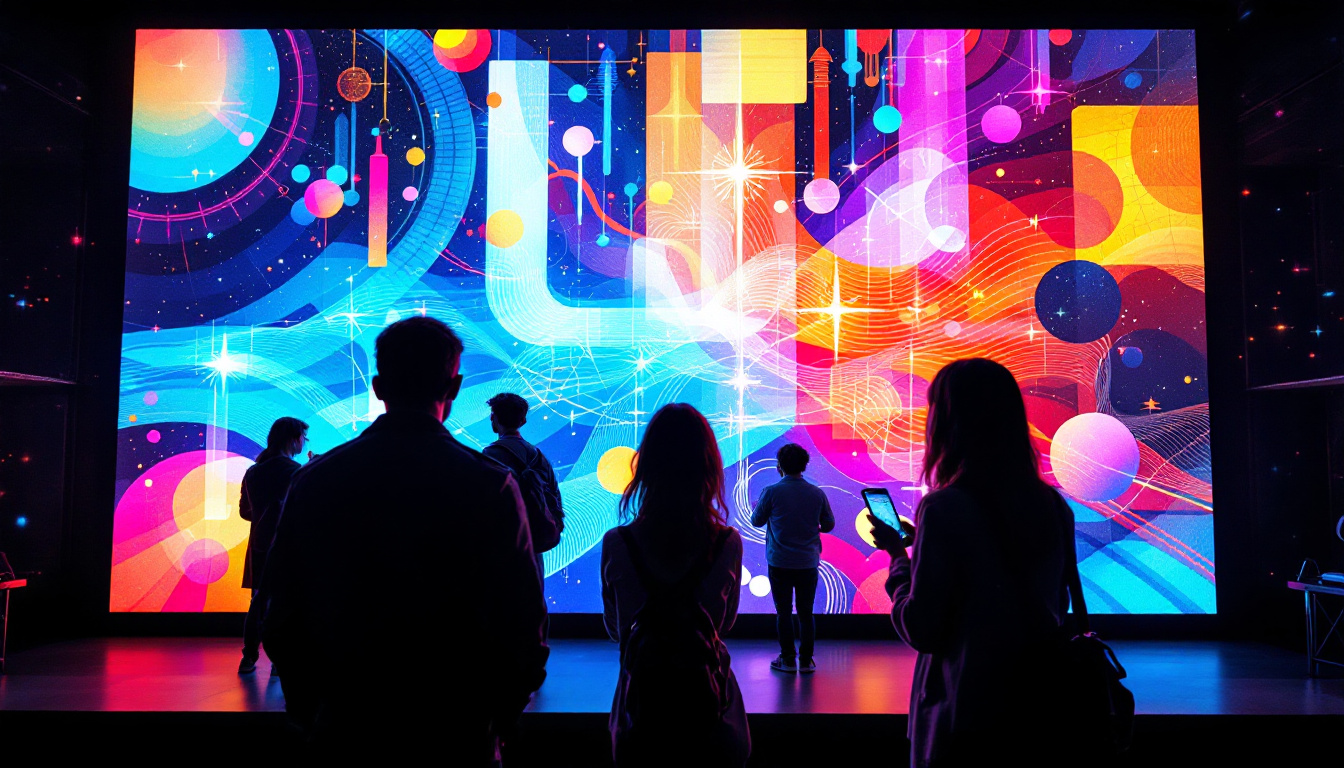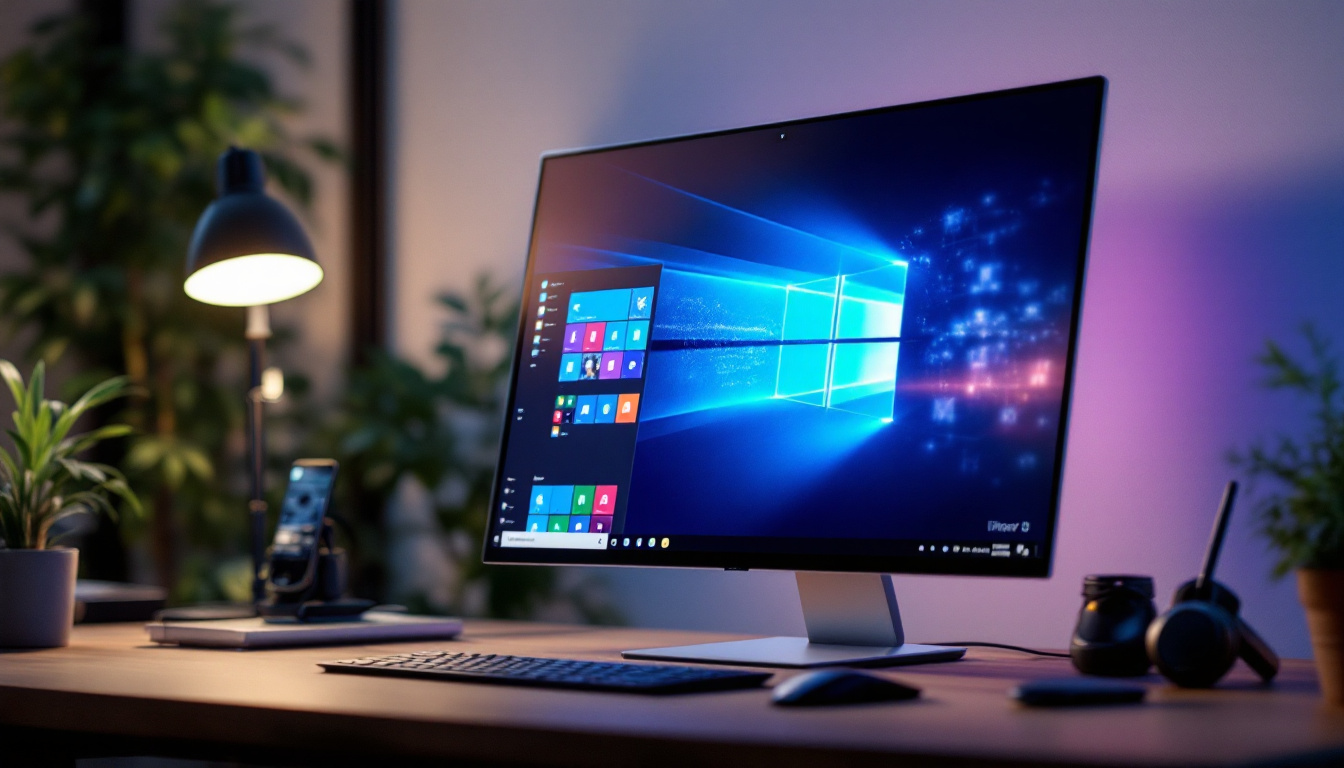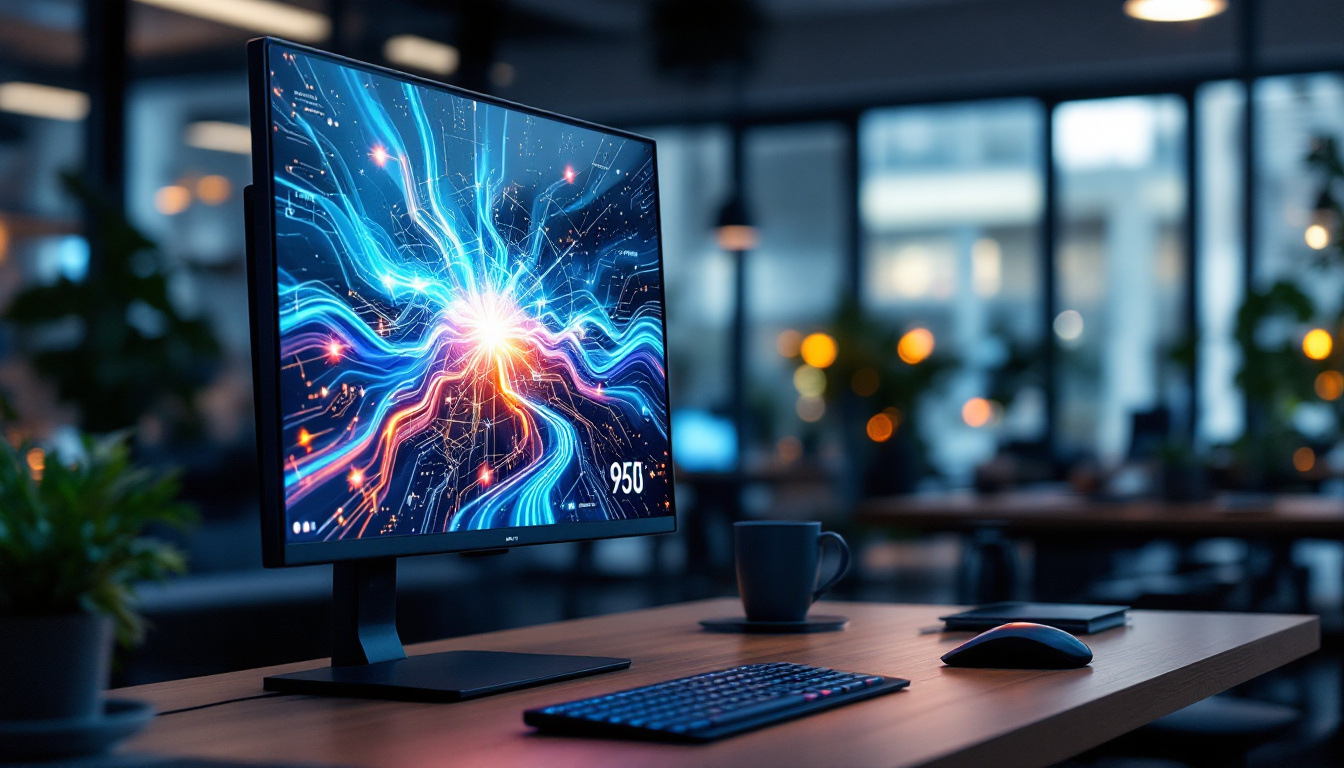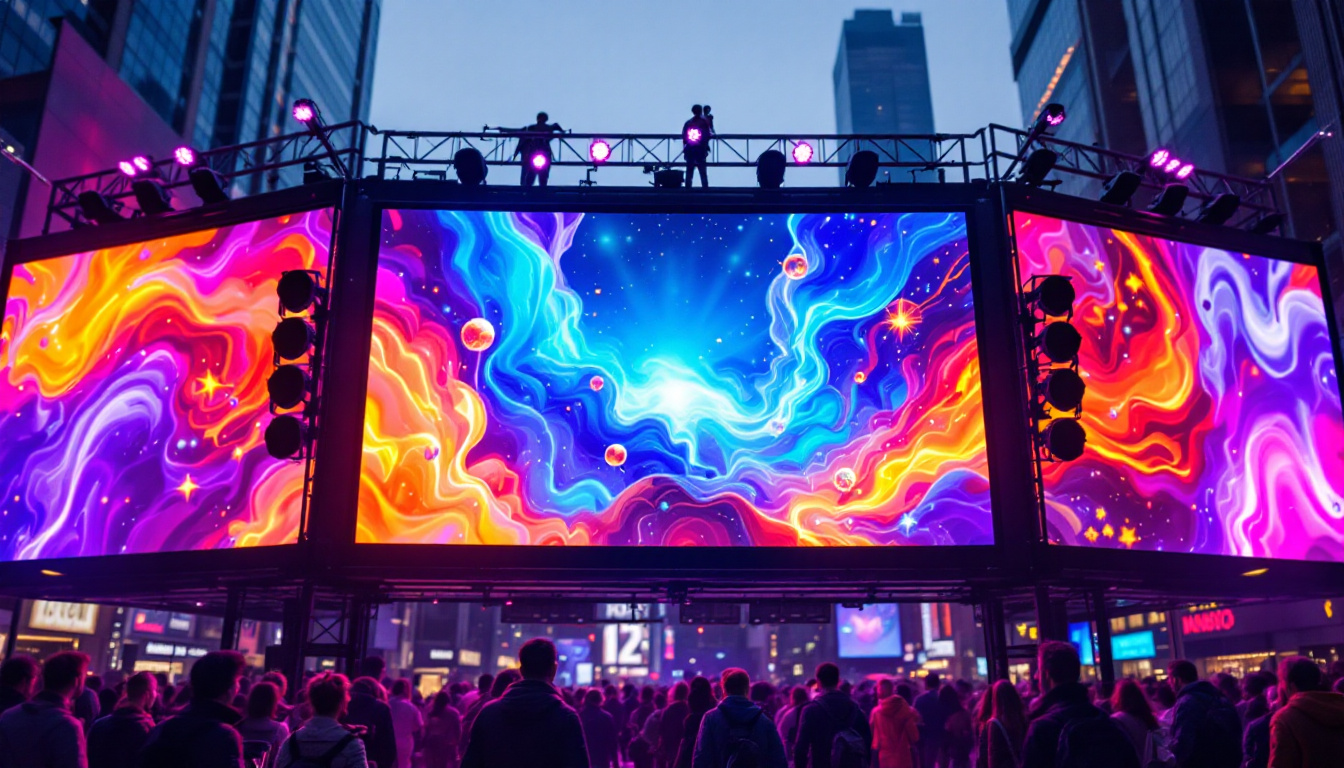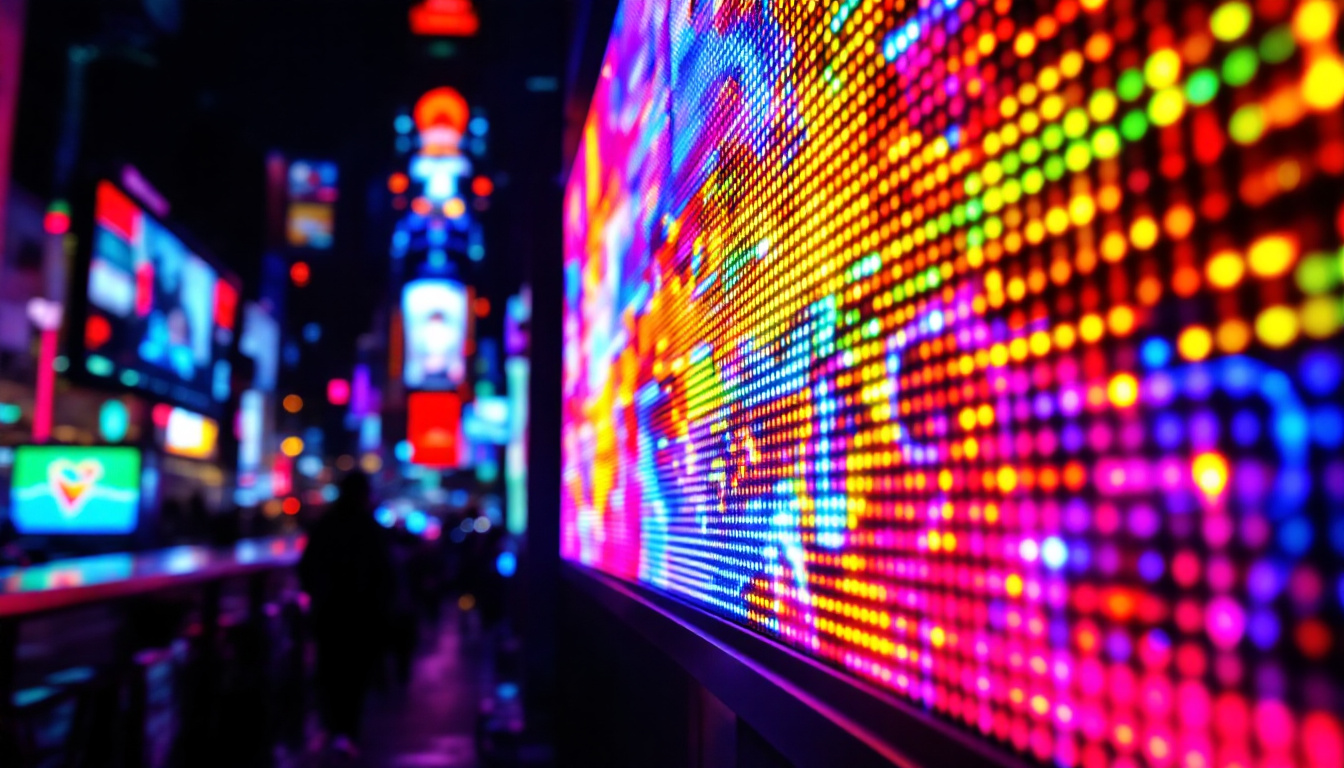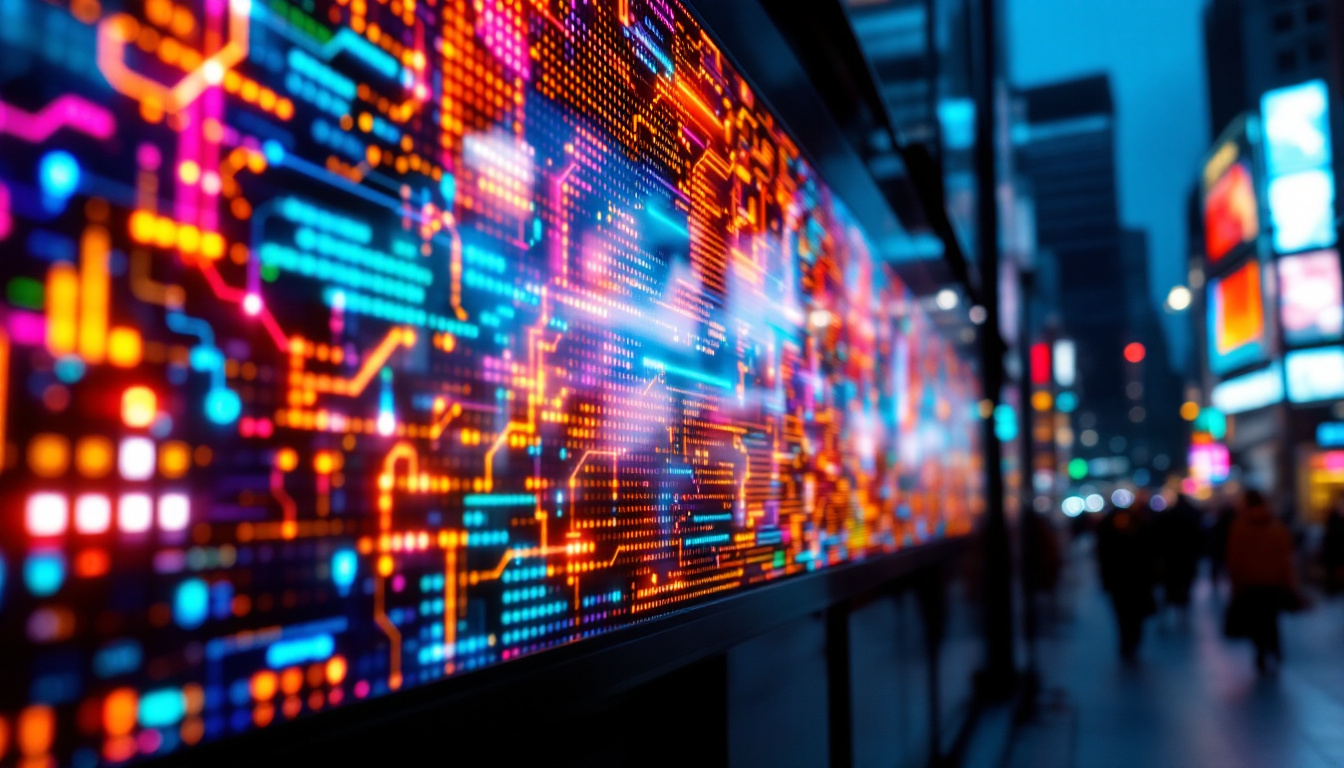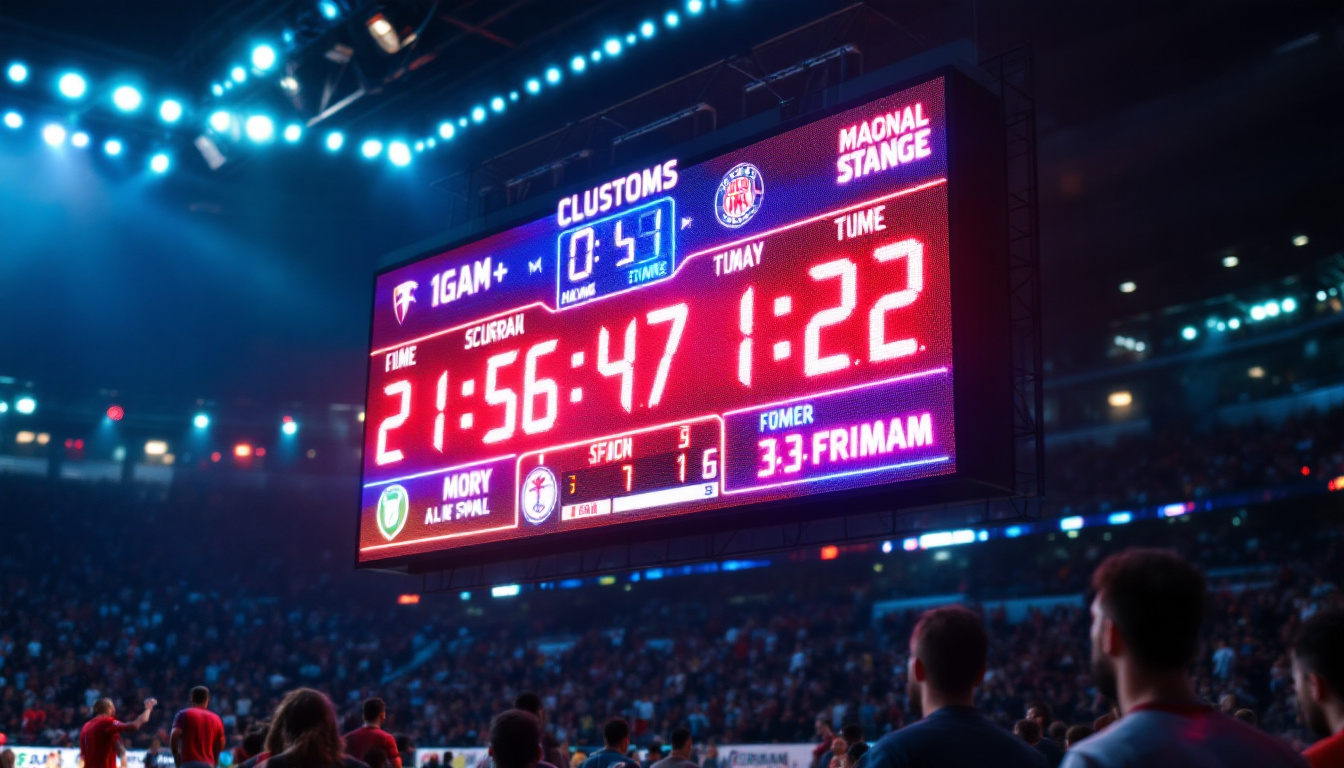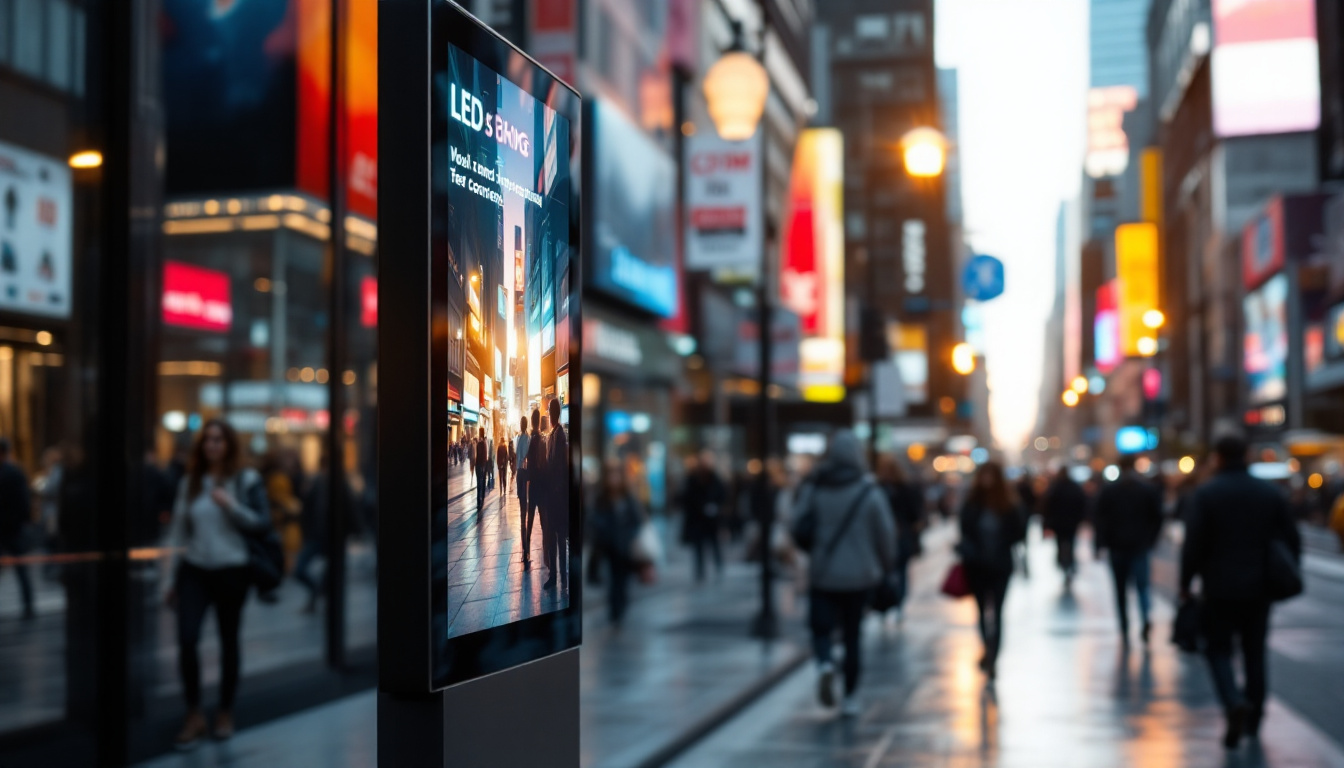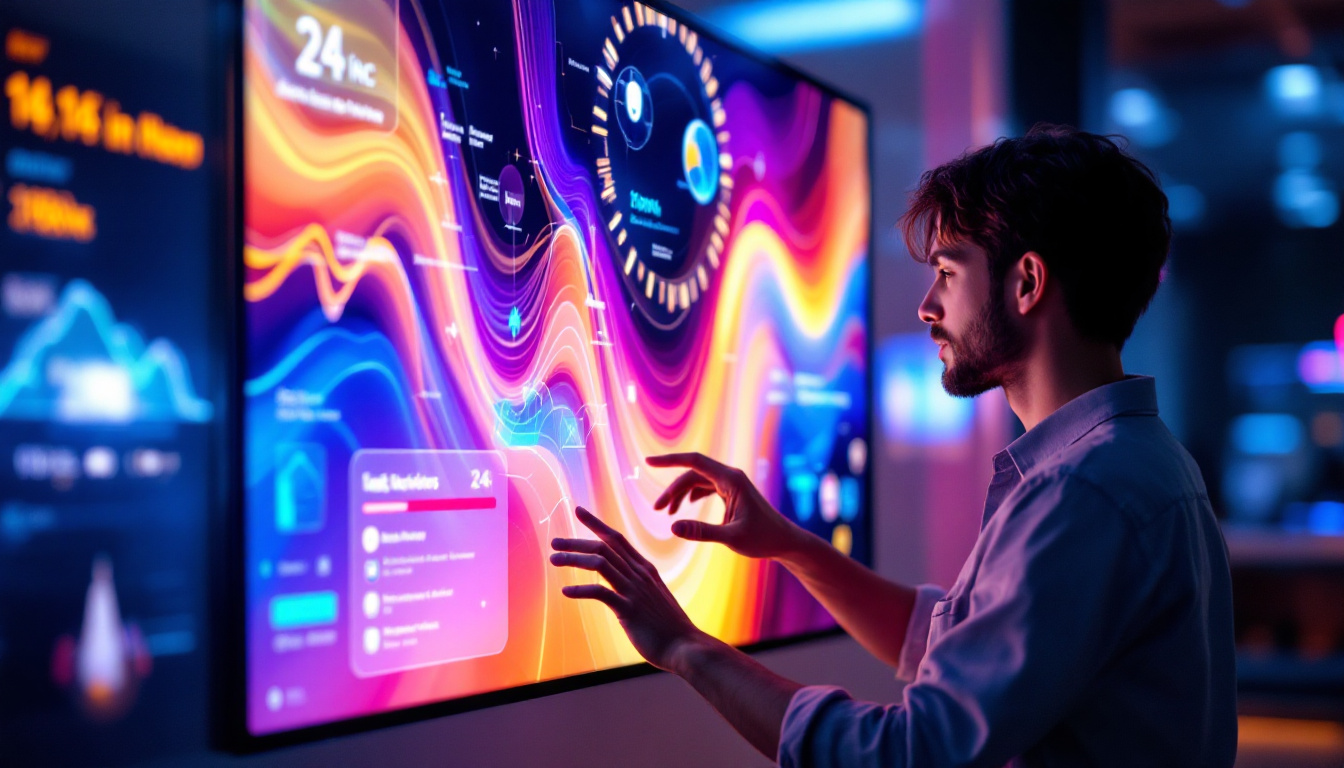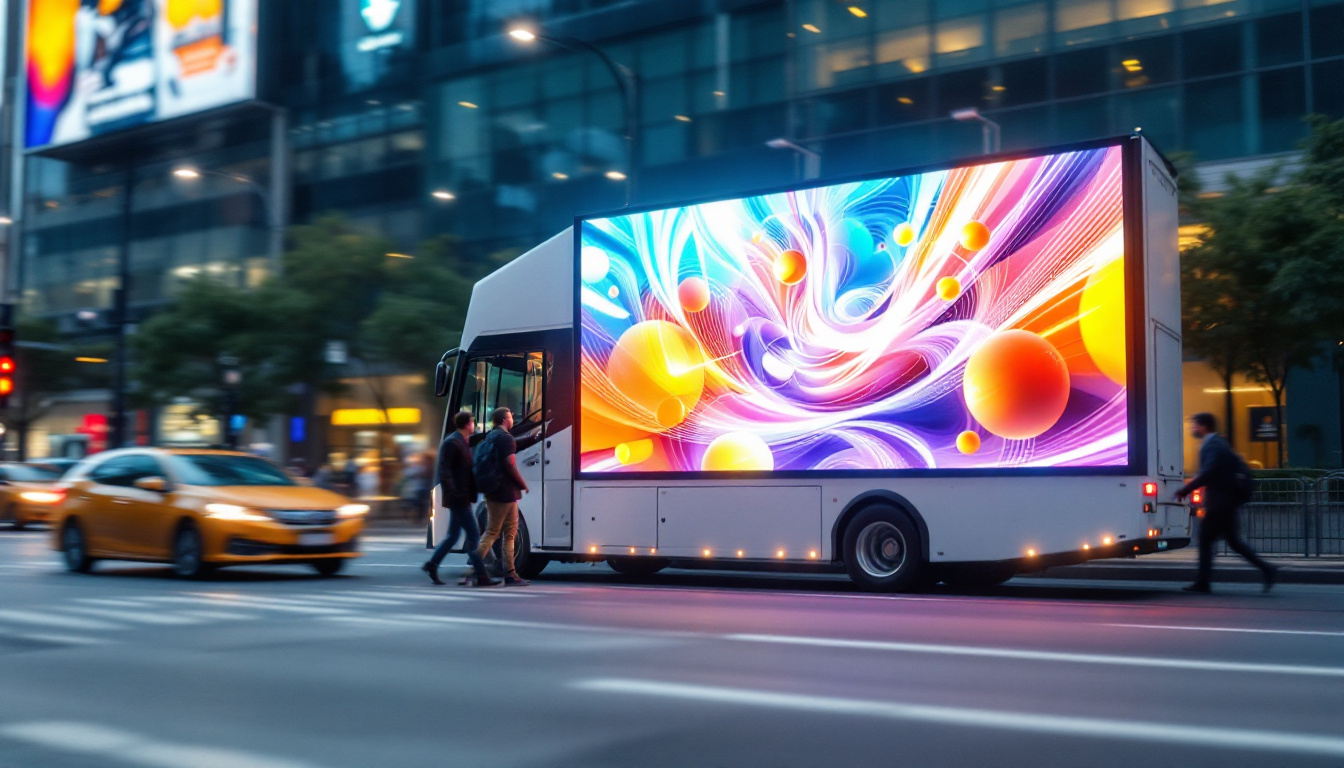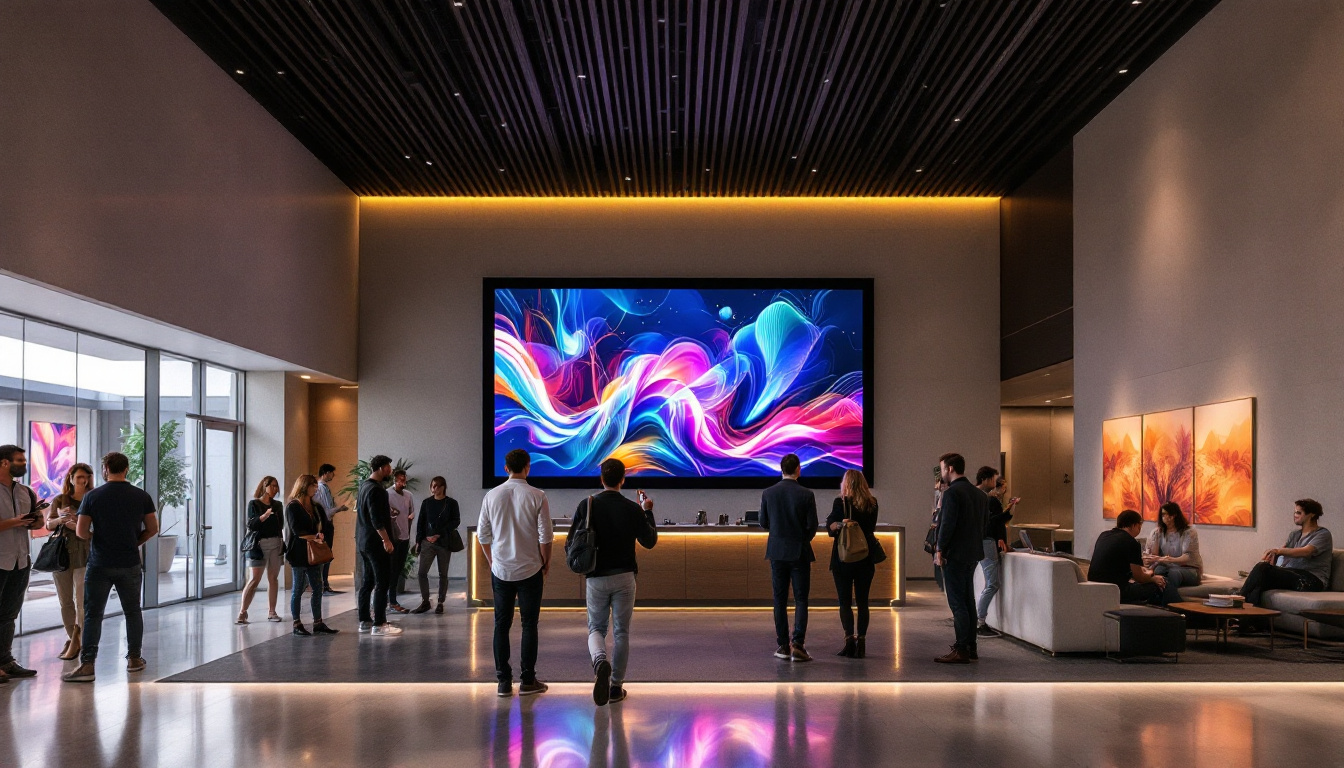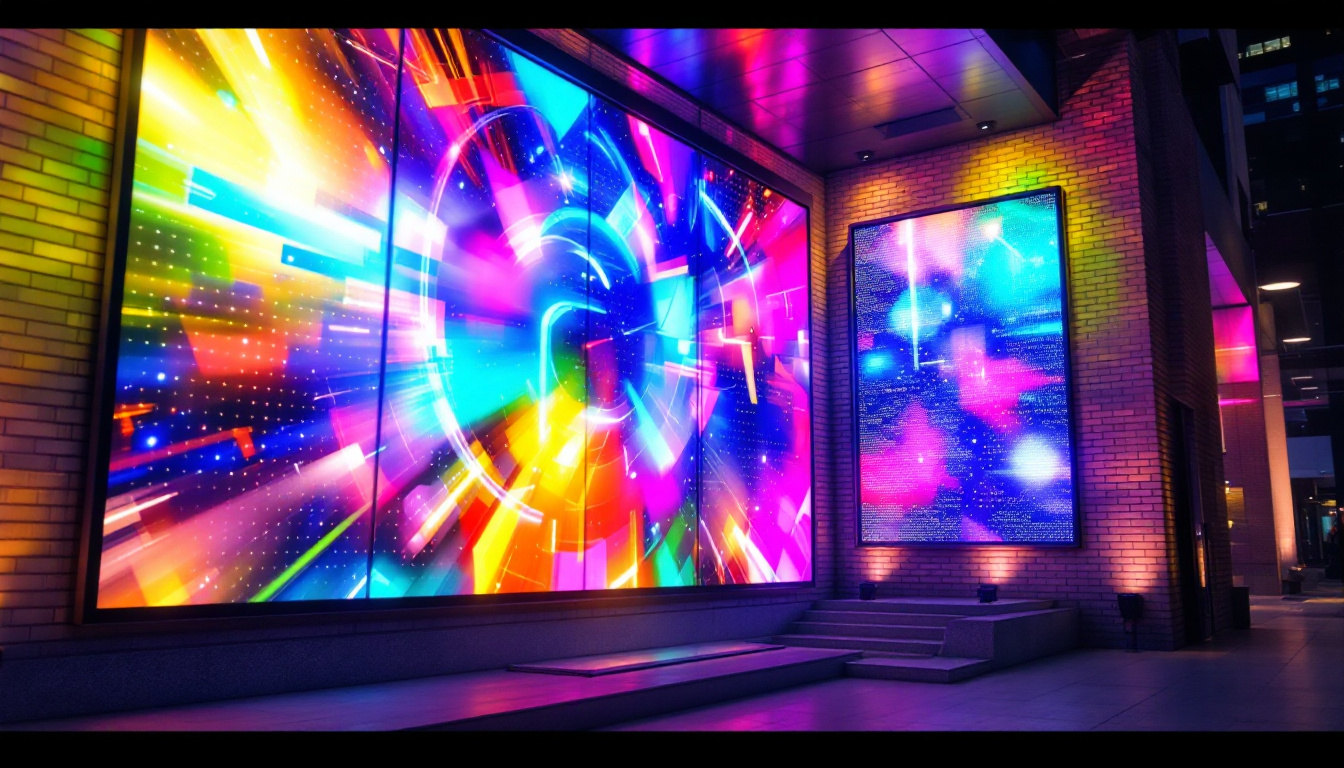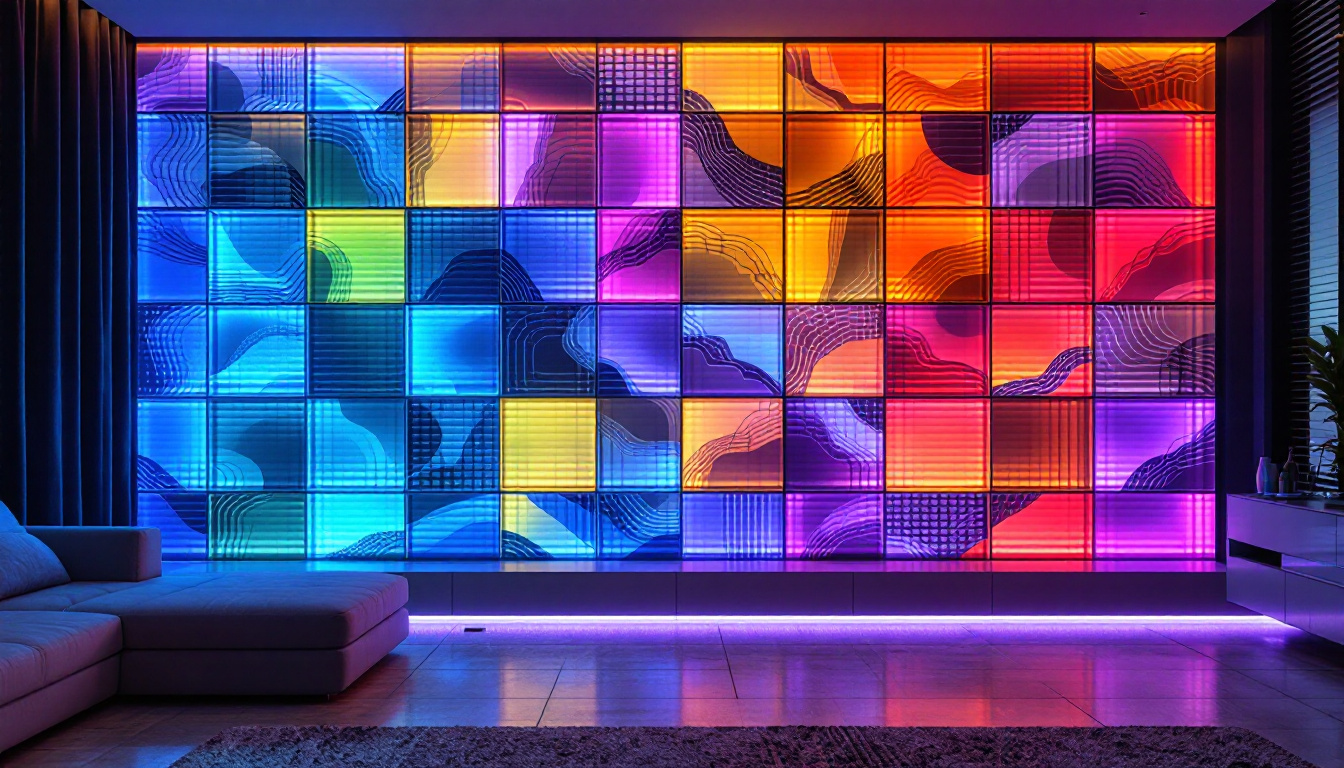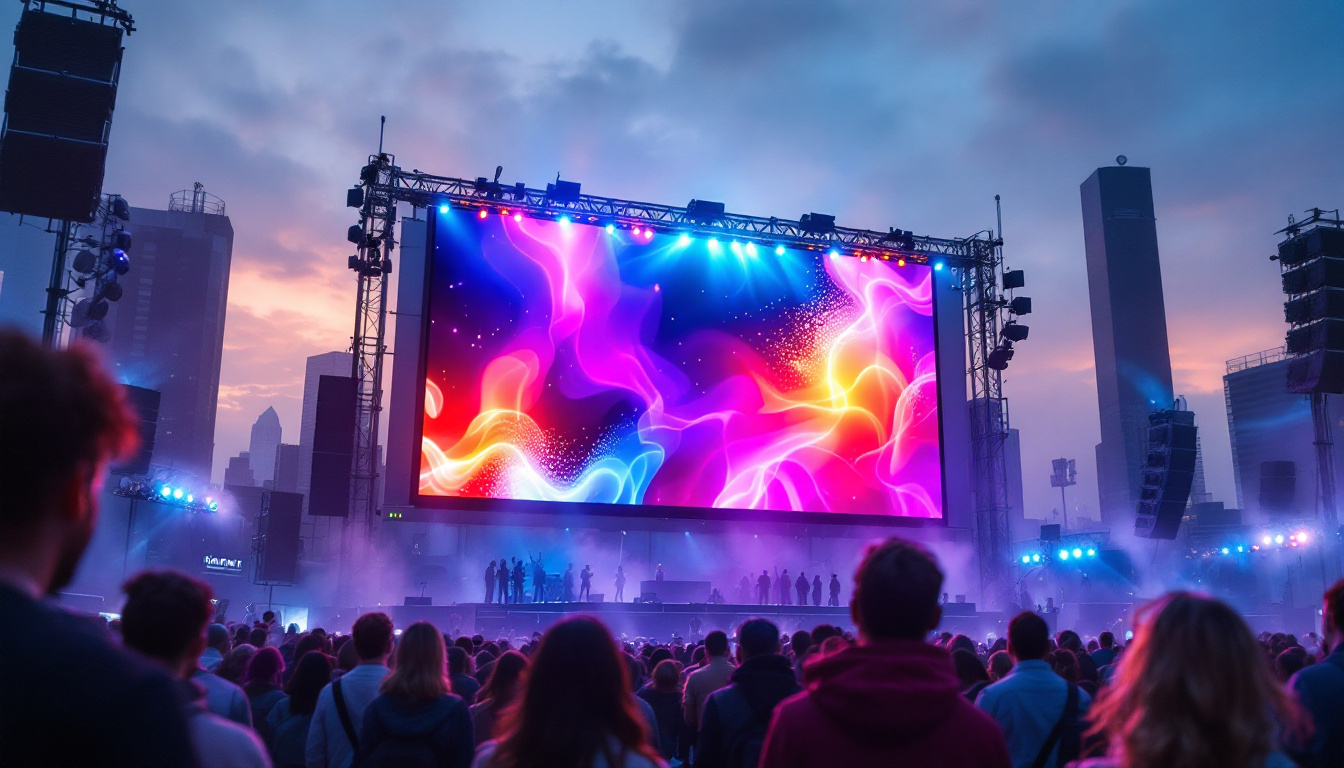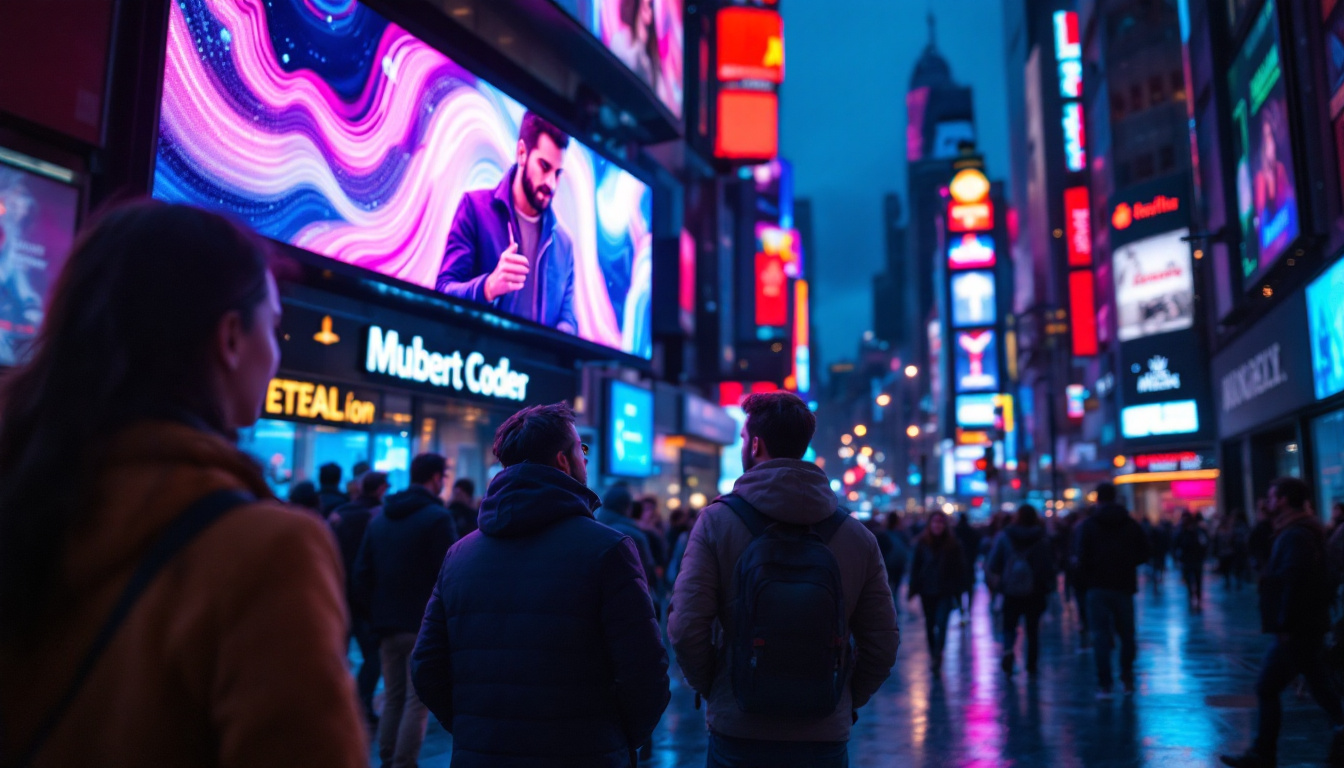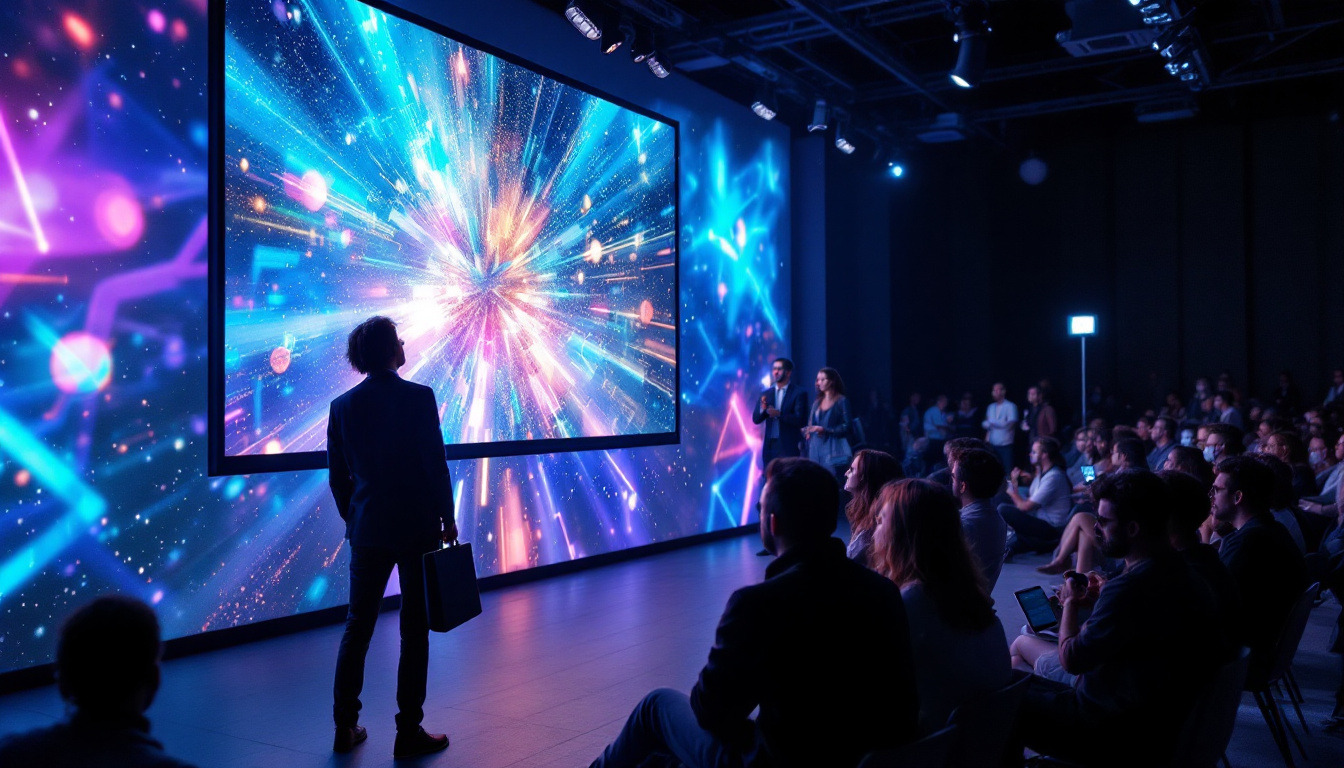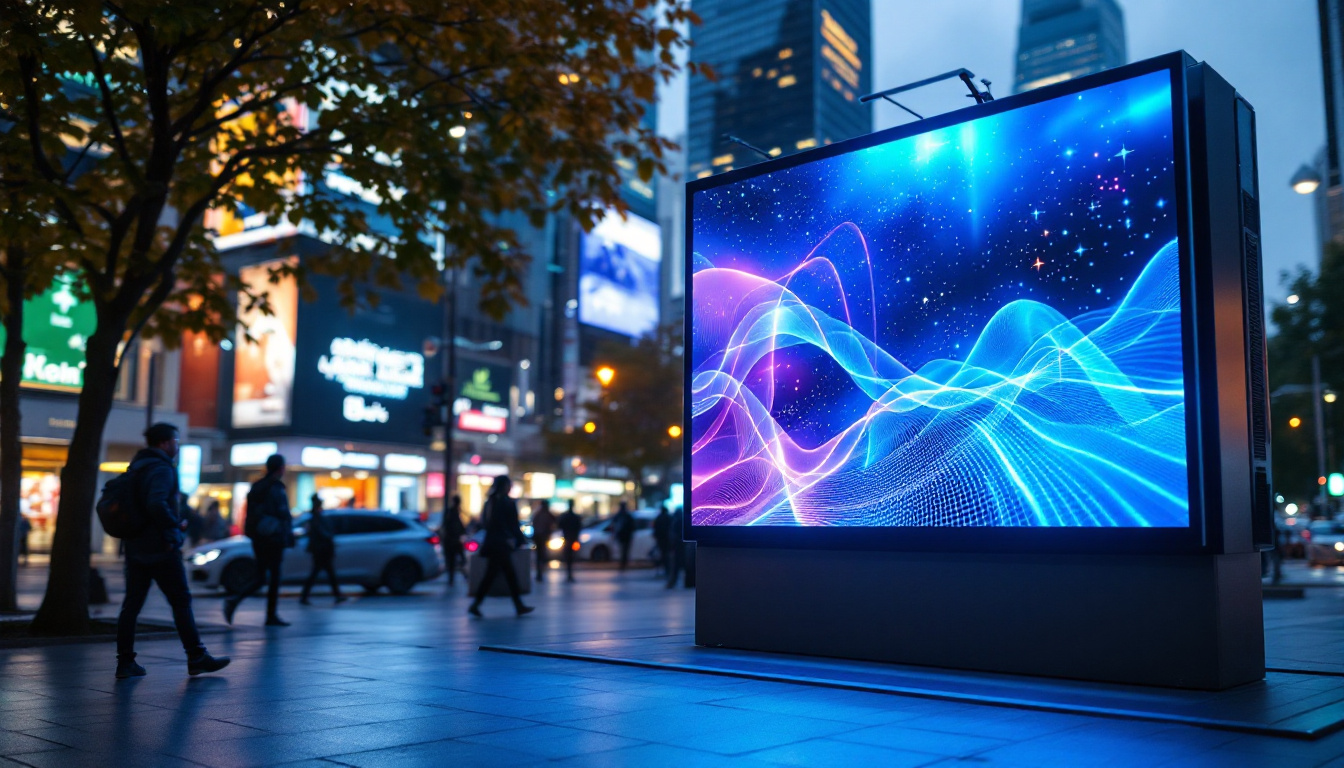The rise of digital technology has transformed many aspects of our lives, and one of the most exciting developments in recent years is the interactive wall, particularly those utilizing LED displays. These innovative installations have become a staple in various environments, from corporate offices and retail spaces to museums and educational institutions. This article delves into the intricacies of interactive LED displays, exploring their technology, applications, and benefits.
Understanding LED Technology
Light Emitting Diode (LED) technology has revolutionized the way visual information is presented. Unlike traditional display technologies, LEDs offer superior brightness, energy efficiency, and longevity. At the core of LED technology is the semiconductor, which emits light when an electric current passes through it. This fundamental principle allows for the creation of vibrant and dynamic displays. Furthermore, the compact size of LEDs enables innovative designs and applications that were previously unattainable, such as flexible displays and intricate lighting arrangements.
Types of LED Displays
LED displays come in various types, each designed for specific applications. The most common types include:
- Direct View LED: These displays consist of individual LED modules that create a large screen. They are often used for outdoor advertising due to their high brightness and visibility.
- LED Backlit Displays: Used primarily in televisions and monitors, these displays employ LEDs to illuminate an LCD panel, enhancing color and contrast.
- MicroLED: A newer technology that offers higher resolution and better color accuracy, MicroLED displays are gaining traction in high-end applications.
Each type of LED display has its own advantages, making them suitable for different environments and purposes. Understanding these distinctions is essential for selecting the right display for a specific application. For instance, while Direct View LEDs are ideal for large outdoor billboards, LED Backlit Displays are preferred for indoor settings where space is limited and image quality is paramount. MicroLED technology, with its ability to produce deeper blacks and more vibrant colors, is becoming increasingly popular in premium televisions and digital signage.
How LED Displays Work
LED displays operate by lighting up pixels made of red, green, and blue (RGB) diodes. By varying the intensity of these colors, a full spectrum of colors can be produced. The arrangement of these pixels creates images and videos that can be manipulated in real-time, making interactive displays possible. This capability has opened up new avenues for creative advertising and immersive experiences in various sectors, including entertainment and retail.
Modern LED displays are often integrated with advanced processing units that allow for high refresh rates and seamless transitions between images. This technology is crucial for applications that require real-time interaction, such as touch-enabled displays. Additionally, many LED displays now incorporate smart technology, enabling connectivity with the internet and other devices. This feature not only enhances the functionality of the displays but also allows for remote management and content updates, making them an ideal choice for businesses looking to engage customers dynamically and efficiently.
The Rise of Interactive Walls
interactive walls represent a significant evolution in display technology, merging traditional visual displays with interactive elements. These installations allow users to engage with content in a dynamic way, transforming passive viewing into an immersive experience. As technology continues to advance, the potential for interactive walls expands, leading to innovative applications that can enhance user interaction across various domains.
Key Features of Interactive Walls
Interactive walls are characterized by several key features that enhance user engagement:
- Touch Sensitivity: Many interactive walls are equipped with touch-sensitive technology, allowing users to interact directly with the display. This feature is particularly useful in educational settings and exhibitions, where users can manipulate data or navigate through content simply by touching the screen.
- Gesture Recognition: Some advanced interactive walls utilize gesture recognition technology, enabling users to control content with hand movements, providing a more intuitive interaction. This technology can create a seamless experience, allowing users to engage without the need for physical contact, which is especially beneficial in public spaces.
- Multi-User Capability: Interactive walls can support multiple users simultaneously, making them ideal for collaborative environments. This capability fosters teamwork and encourages brainstorming sessions, as participants can contribute ideas and interact with the content in real-time.
These features not only enhance user experience but also open up new avenues for creativity and expression in various fields. The ability to create personalized content and adapt displays to suit specific audiences has made interactive walls a valuable tool in marketing, education, and entertainment.
Applications of Interactive Walls
The versatility of interactive walls has led to their adoption across numerous sectors:
- Corporate Environments: Businesses use interactive walls for presentations, brainstorming sessions, and collaborative work, enhancing communication and productivity. These installations can display real-time data analytics, allowing teams to make informed decisions on the spot.
- Retail Spaces: Interactive displays in retail settings can engage customers by providing product information, promotions, and interactive experiences that encourage purchases. For instance, customers can virtually try on clothing or visualize how furniture would look in their homes, creating a more engaging shopping experience.
- Education: In classrooms and training centers, interactive walls facilitate dynamic learning experiences, allowing students to engage with material in innovative ways. Teachers can incorporate multimedia elements, quizzes, and interactive lessons that cater to various learning styles, making education more accessible and enjoyable.
- Exhibitions and Museums: Interactive walls in museums provide visitors with engaging content, allowing them to explore exhibits in a more interactive manner. By integrating augmented reality features, visitors can unlock additional information and experiences, deepening their understanding of the subject matter.
These applications illustrate how interactive walls can transform traditional environments into engaging, interactive spaces that foster connection and creativity. As technology evolves, we can anticipate even more innovative uses for interactive walls, potentially incorporating artificial intelligence and machine learning to create personalized experiences that adapt to individual user preferences.
Benefits of Interactive Walls
The integration of interactive walls into various settings brings a multitude of benefits. These advantages not only enhance user experience but also contribute to achieving organizational goals.
Enhanced Engagement
One of the primary benefits of interactive walls is the increased level of engagement they foster. By allowing users to interact with content, these displays capture attention more effectively than static displays. This heightened engagement is particularly valuable in educational and marketing contexts, where capturing the audience’s interest is crucial.
Improved Communication
Interactive walls facilitate better communication within teams and between organizations and their clients. In corporate environments, for instance, these displays can serve as collaborative tools that allow teams to brainstorm ideas, share information, and visualize data in real time. This improved communication can lead to more efficient decision-making processes.
Data Visualization
Another significant advantage of interactive walls is their ability to visualize complex data in an accessible manner. Businesses can present analytics, trends, and performance metrics in a way that is easy to understand and interact with. This capability is invaluable for making informed decisions based on data insights.
Challenges and Considerations
While interactive walls offer numerous advantages, there are also challenges and considerations that organizations must address when implementing these systems.
Cost Implications
The initial investment for interactive wall technology can be substantial. Organizations must consider not only the cost of the hardware but also the software, installation, and ongoing maintenance. Budgeting for these factors is essential to ensure a successful implementation.
Technical Issues
As with any technology, interactive walls can experience technical issues. These may include software glitches, hardware malfunctions, or connectivity problems. Organizations must have a plan in place for troubleshooting and maintenance to minimize downtime and ensure a seamless user experience.
User Training
To maximize the potential of interactive walls, users may require training to effectively engage with the technology. Organizations should invest in training programs to ensure that employees or users are comfortable using the displays and can fully leverage their capabilities.
Future Trends in Interactive Wall Technology
The future of interactive wall technology looks promising, with several trends poised to shape its evolution. As technology continues to advance, so too will the capabilities of interactive displays.
Integration with Augmented Reality (AR)
One of the most exciting trends is the integration of augmented reality (AR) with interactive walls. This combination can create immersive experiences that blend the physical and digital worlds, allowing users to interact with 3D content in real time. AR-enhanced interactive walls could revolutionize education, marketing, and entertainment.
Artificial Intelligence (AI) Enhancements
AI is set to play a significant role in the future of interactive walls. By incorporating AI algorithms, these displays can provide personalized content recommendations based on user behavior and preferences. This capability will enhance user engagement and create more tailored experiences.
Increased Portability and Flexibility
As technology advances, interactive walls are likely to become more portable and flexible. Innovations in display technology may lead to lightweight, modular systems that can be easily transported and reconfigured for different environments. This flexibility will make interactive walls accessible to a wider range of users and applications.
Conclusion
Interactive walls with LED displays represent a significant advancement in visual technology, offering a dynamic and engaging way to present information. Their versatility and ability to foster interaction make them valuable tools across various sectors, from corporate environments to educational institutions.
While challenges such as cost and technical issues exist, the benefits of enhanced engagement, improved communication, and effective data visualization far outweigh the drawbacks. As technology continues to evolve, the future of interactive walls looks bright, promising even more innovative applications and experiences.
Organizations looking to implement interactive walls should carefully consider their specific needs and objectives, ensuring that they choose the right technology and approach to maximize the potential of this exciting medium.
Discover LumenMatrix LED Display Solutions
Ready to elevate your space with the latest in LED display technology? LumenMatrix is at the forefront of creating immersive environments with our comprehensive range of LED display solutions. From Indoor and Outdoor LED Walls to innovative Transparent and Custom Displays, we have the tools to transform your visual communication and engage your audience like never before. Don’t miss the opportunity to bring your messages to life with unparalleled clarity and impact. Check out LumenMatrix LED Display Solutions today and start your journey towards a more dynamic and interactive future.

